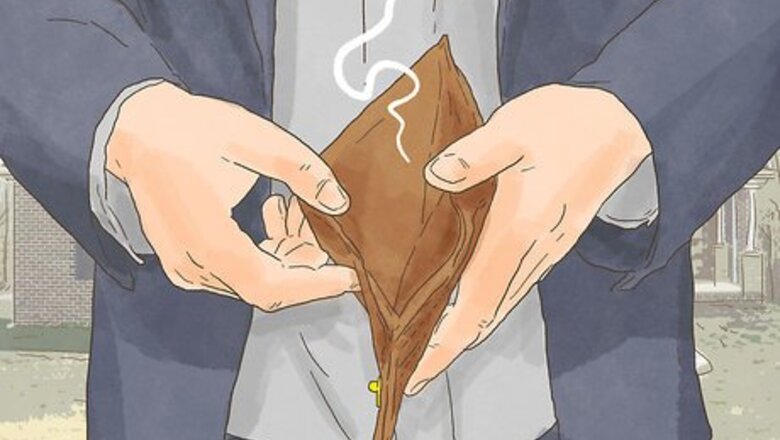
views
Modifying Before Confirmation

Identify why you want to modify. Your life might change dramatically after filing for bankruptcy. Common reasons debtors need to modify their repayment plans include: you lost a job your income has been reduced your expenses have increased you have suffered an illness an unexpected emergency has taken place you no longer want to keep property that is collateral for a loan

Avoid delay. You need to start making payments as soon as you file your Chapter 13 bankruptcy petition. You will pay based on the amount in your proposed repayment plan. If you don’t pay, the judge will dismiss your petition, so you should modify your repayment plan as soon as possible.

Draft a new repayment plan. If a judge has not yet confirmed your plan, then you can substitute a new one. Work with your attorney to fill out the required paperwork and file it with the court clerk. Each court might have different procedures for modifying the payment plan. You can talk with your lawyer or get a copy of the local court rules from the court’s website.

Notify the trustee and creditors. Both the trustee and creditors will need to analyze your request for a modification. Creditors have the ability to challenge your proposed repayment plan, so they need the most up-to-date one. Generally you can send them a copy of the modified repayment plan by first class mail.

Have your repayment plan confirmed. Each Chapter 13 repayment plan must be confirmed by the judge, who will review it to make sure it is feasible and that it doesn’t violate the bankruptcy court rules. The judge will also hear challenges from creditors, who might allege that you have more disposable income than you are reporting. Once the judge confirms the plan, you can sign up for payroll deduction. If you find out that you need to modify the plan in the future, don’t delay. If you fail to make payments, then the judge can dismiss your bankruptcy or convert it to a Chapter 7.
Changing Your Plan After Confirmation

Get supporting documents. You need to show the judge documents that support your change in circumstances. For example, if you were laid off from work, get a copy of your termination notice. If you were sick, then get medical records and bills, as well as an affidavit from a doctor. You will need to submit copies of these documents along with your written request to the judge.

Draft a motion. If your plan has already been confirmed, then you need to ask the judge to modify it. You will ask by filing a motion with the court. Ideally, you will have your lawyer draft the motion for you, since this is a complicated legal document. If you can’t afford a lawyer, then look at the sample motion from the federal court in Louisiana here: http://www.laeb.uscourts.gov/sites/laeb/files/SampleMotionModifyConfirmedCh13Plan.pdf Some courts may also have printed, fill-in-the-blank motions you can use. Your motion should contain the following information: your name and case number the date the judge confirmed your plan how much you had to pay to the Trustee each month how much unsecured creditors would receive under the liquidation analysis any prior modification how much time is remaining on the repayment schedule how many months you have been delinquent (if any) how much you want to pay per month under your modified plan how much will be distributed to unsecured creditors under your plan your signature (or your lawyer’s)
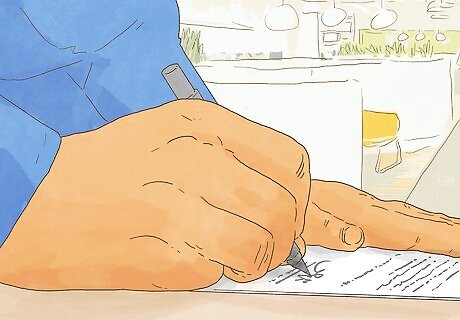
Add a certificate of service. This certificate should identify who you sent the motion to, the method used (such as first class mail), and when you sent it. You also have to sign your certificate. Attach it to your motion.
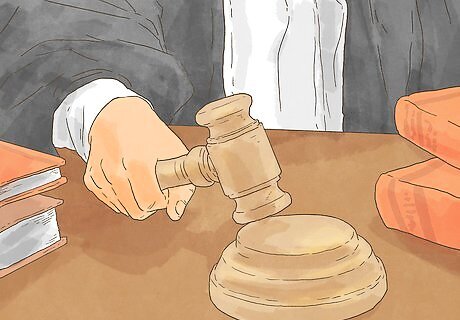
File the motion with the court. Once you have completed your motion, you should make several copies. Take the original and the copies to the court clerk and ask to file. Also ask for a hearing date when you file. You probably have to pay a filing fee. If you can’t afford the fee, then ask the clerk how you can get a fee waiver.

Serve notice on the trustee and others. You need to notify the trustee and creditors that you are asking the judge to modify your repayment plan. You can provide this notification by sending a copy of your motion, the hearing date, and your proposed new repayment schedule. Use the method of service mentioned in your certificate of service.

Receive any objection. One or more creditors might object to your proposal to modify the repayment schedule. The trustee may also object. If so, they should file a motion in opposition and send you a copy. Read it thoroughly and try to understand the arguments. If you have an attorney representing you, then they will receive a copy of the opposition motion. Ask your attorney for a copy of all documents filed in your case.
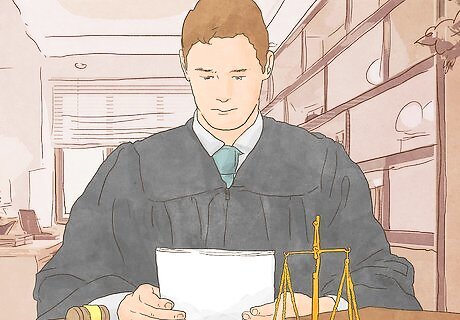
Explain to the judge why you need modification. At your hearing, you need to explain why your repayment plan should be modified. Any creditor who objects can present their argument at the same time. If there is no objection, then the judge should approve the modification provided the new plan doesn’t violate bankruptcy rules.
Understanding Modification

Talk with a lawyer. Ideally, you hired a lawyer to help you file for your Chapter 13 bankruptcy. You should reach out and talk with the same lawyer about how to modify your Chapter 13 repayment plan. The attorney should be able to advise you whether a judge will approve the proposed modification. You should also think about hiring the lawyer to represent you. They can draft your motion and make an argument in court on your behalf.
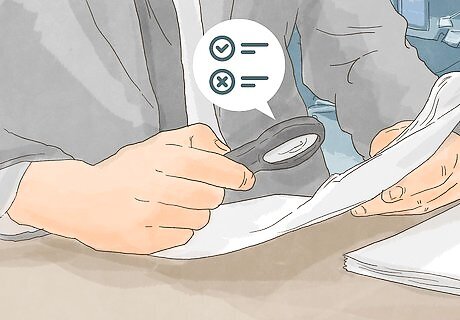
Identify what can’t be modified. You can’t modify certain debts because the law requires that you pay them. If your repayment plan consists of only these debts, then talk to your lawyer about your options. You can’t modify the following: taxes owed to the government unpaid child support unpaid alimony mortgage arrearages if you want to keep your house

Discuss a “hardship discharge” with your lawyer. Chapter 13 allows debtors to get a hardship discharge in certain limited circumstances. If granted, your unsecured non-priority debts may be discharged but other debts will not. You should talk with your lawyer about whether this is an option for you. To qualify, you must meet the following: You have not completed your plan for reasons for which you shouldn’t be held accountable. This will generally mean a permanent change in circumstances, such as a permanent disability. Your unsecured creditors have received an amount equal to what they would have received in a Chapter 7 bankruptcy. Practically speaking, you should have almost no non-exempt property. Plan modification is not feasible because you couldn’t make payments under the modification.




















Comments
0 comment